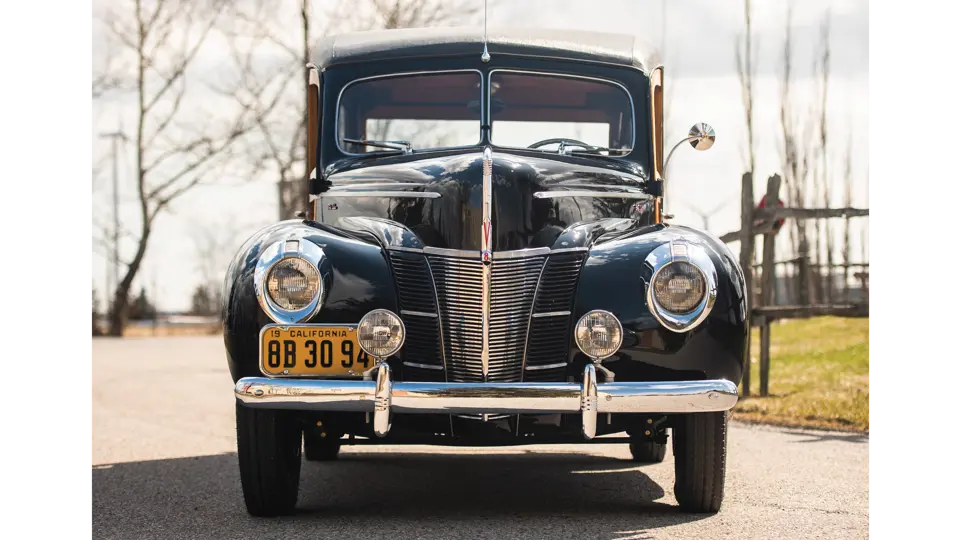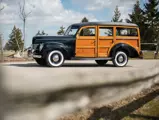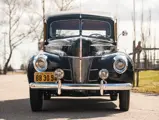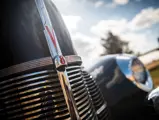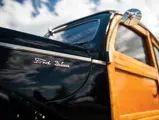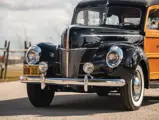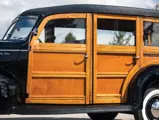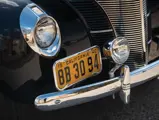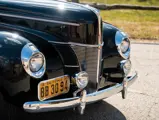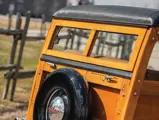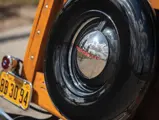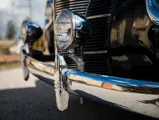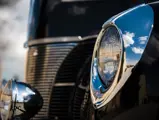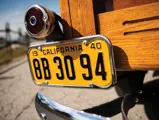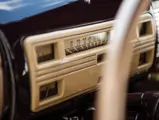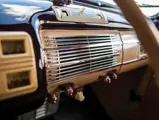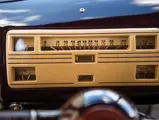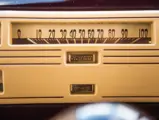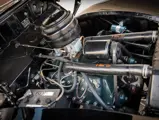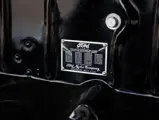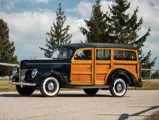
1940 Ford DeLuxe Station Wagon
{{lr.item.text}}
$84,000 USD | Sold
Offered from a private collection
{{bidding.lot.reserveStatusFormatted}}
- Offered from a private collection
- Among the best-known and most desirable Ford wagons
- First year of new Iron Mountain ‘Woodie’ bodies
- Rare and desirable 95-bhp Mercury engine
- Featured on the cover of Griot’s Garage catalogue
Beginning in the 1940 model year, Ford’s station wagon bodies were produced in company facilities near the forests in Iron Mountain, Michigan. The new bodies took on a much different appearance. The roofline was subtly altered, becoming more rounded at the windshield header. Panel spacing was changed, such that the lower panel became narrower, and the rear quarter panels were consolidated into one piece. The rear doors, formerly hinged at the back, “suicide” style, now swung toward the front. The spare tire, housed inside in 1938 and ’39, on the back of the driver’s seat, was returned to the tailgate, where it had been located from 1935 to 1937. DeLuxe wagons were given the option of maple or birch framing, while Standards came in maple only. Darker-colored gumwood began to be used for panels, in addition to birch, in both series. Bodies were given three coats of varnish and hand-sanded between each application.
DeLuxe woodies also got an adjustable front seat, the same assembly used in the convertible. Seats for the DeLuxe had the cushions faced in genuine brown Spanish grain leather. Dearborn management was pleased. Quality increased over that of the earlier bodies built by Murray, at lower unit cost. Sales improved, topping 11,000 units for the model year.
Three engines were available: the popular 221-cu. in. 85-bhp V-8, the small 136-cu. in. 60 bhp V-8 (installed in just two Standard wagons), and the larger, 239-cu. in. 95-bhp V-8 from the new Mercury, which was fitted to 354 DeLuxe station wagons. This car is one of the latter, a rare and desirable variety. Its body number dates it to June 1940.
An older restoration, this station wagon was refreshed in the mid-2000s by the late Wes Aplanalp, an enterprising optometrist who founded a chain of 20 optical shops. He changed careers in his retirement, collecting cars and operating Woodies USA, a dealership in Scottsdale, Arizona, that specialized in its namesake vehicles. This car received new mahogany panels and was reupholstered in leather at Woodies USA prior to its sale in 2006. It was then acquired by Richard Griot, of car care product fame, in January 2001 and featured on the cover of Griot’s Garage, catalog no. 336. The Woodie was then acquired by the current owner in September 2012 and subsequently mechanically overhauled. It has since been fastidiously maintained in his private collection.
The car presents extremely well, both inside and out. The engine compartment is correctly detailed, the sole deviation from stock being an aftermarket conversion to a remotely mounted ignition coil. This eliminated heat-soaking that shortened the life of standard distributor-mounted coils. It is equipped with a Ford radio and header-mounted antenna, a hot water heater, and stem-wind clock in the glove box door. There is a single hinge-mounted exterior mirror on the driver’s door. Other features include blue-dot taillight lenses and new Coker Classic 6.00 × 16 radial whitewall tires.
Ford’s 1940 DeLuxe models have long been collector favorites. Combining this with a sought-after Woodie body and a rare Mercury engine results in a trifecta of collectability.
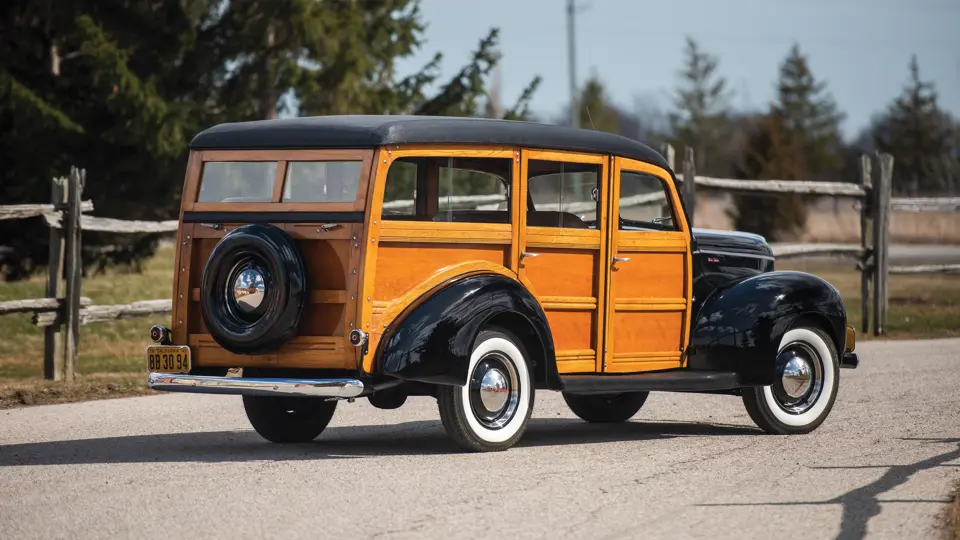



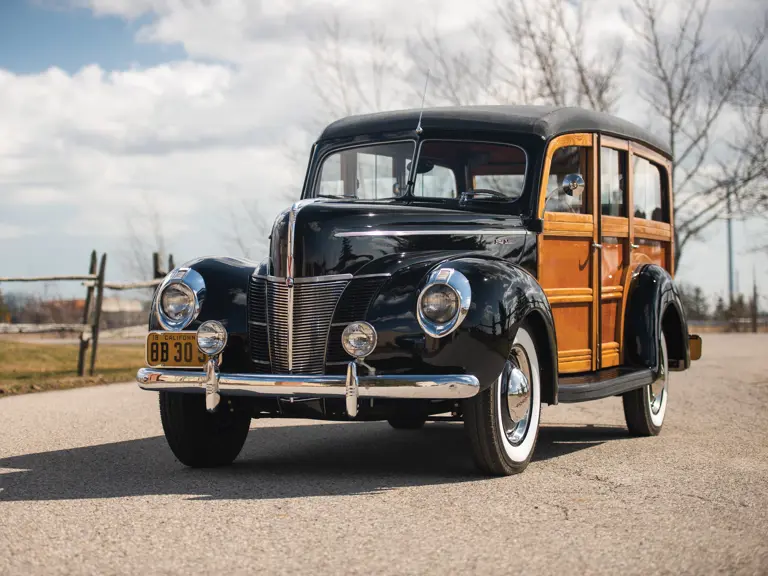


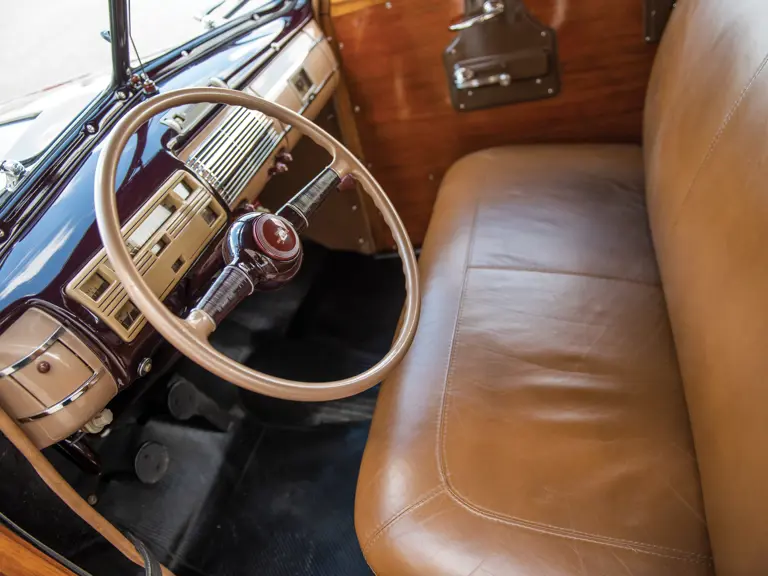
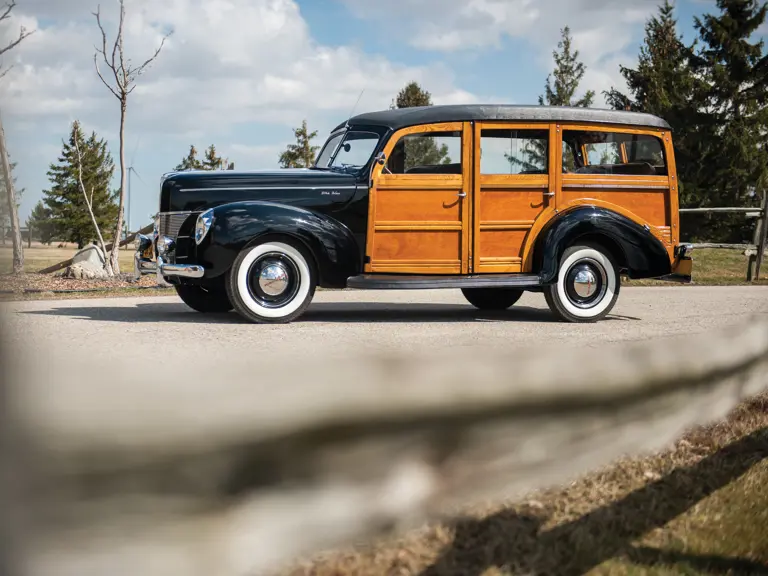


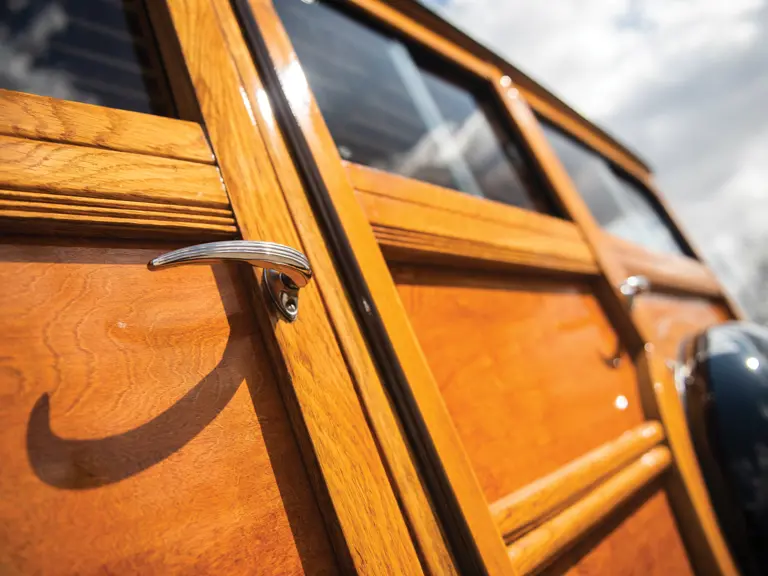

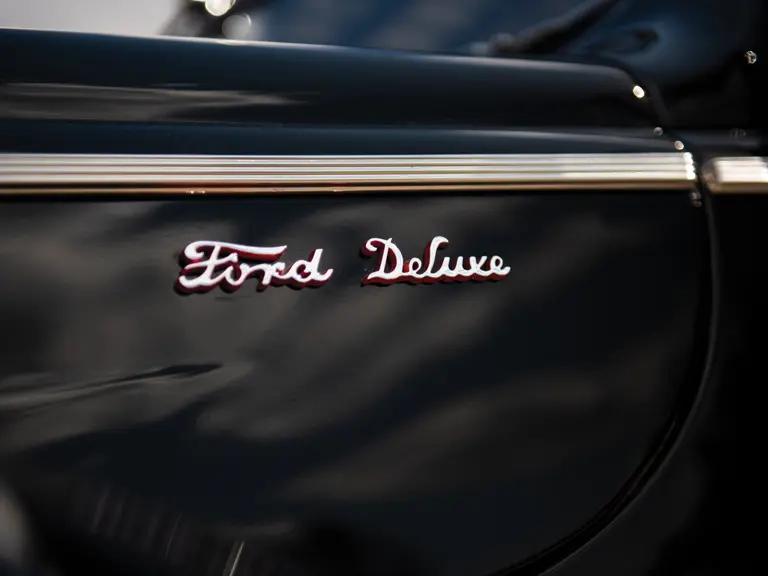

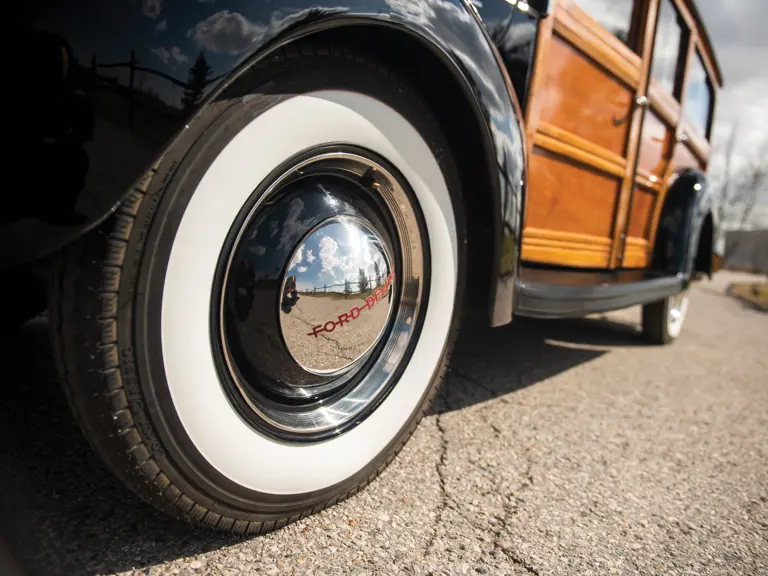

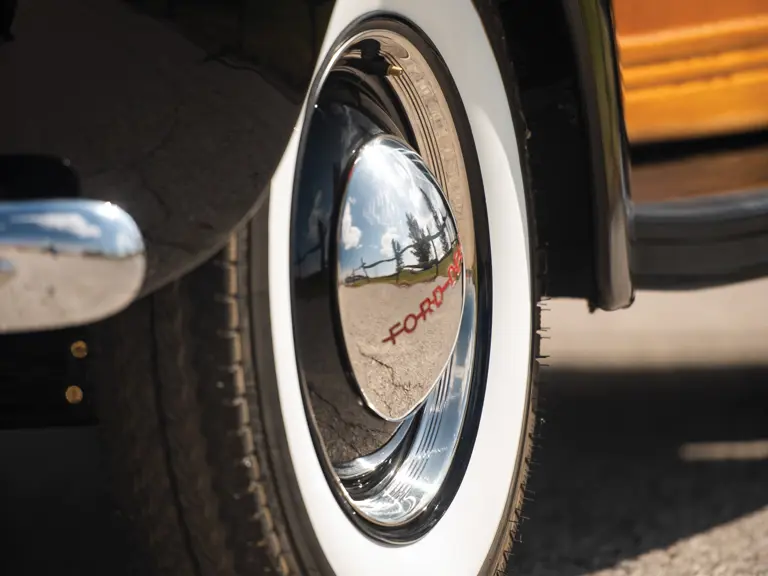

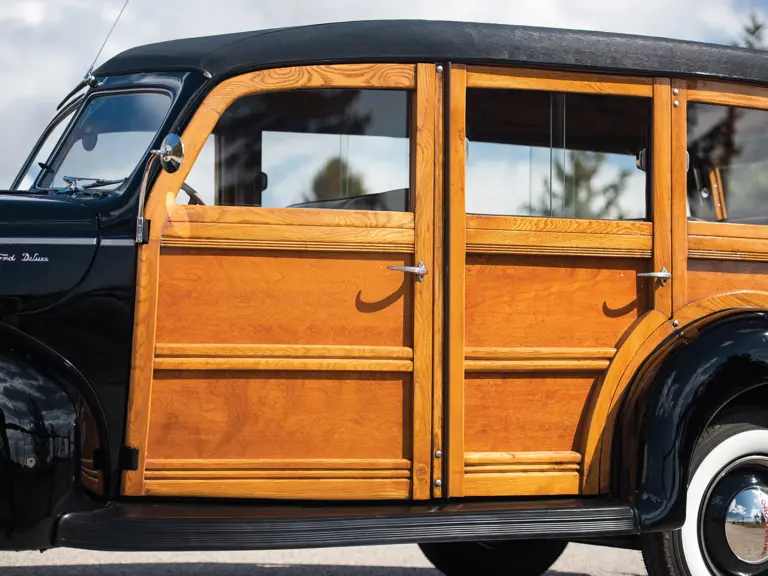
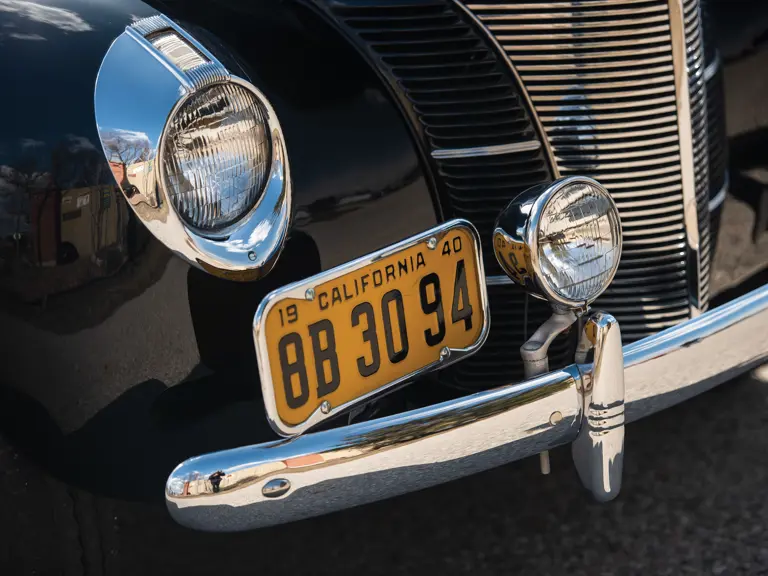
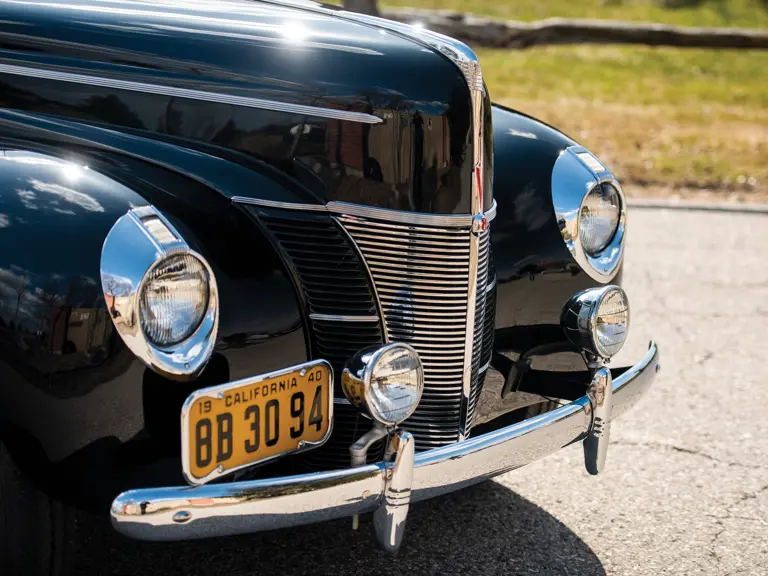

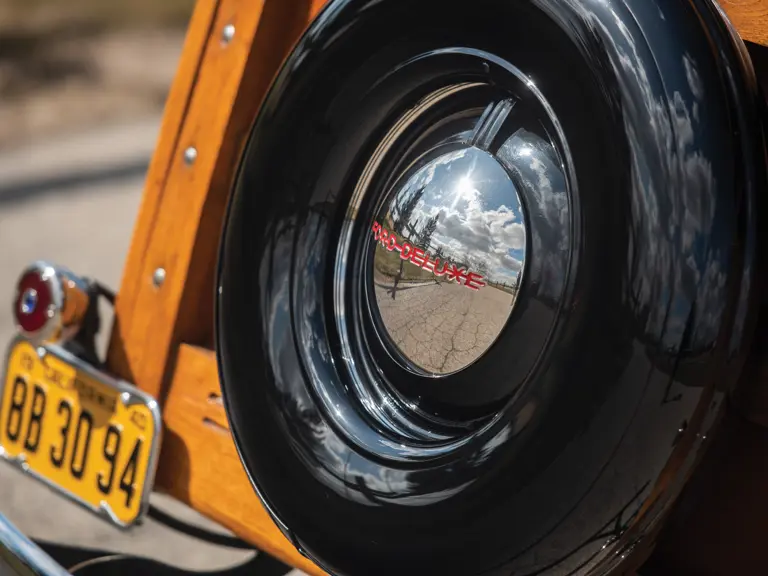
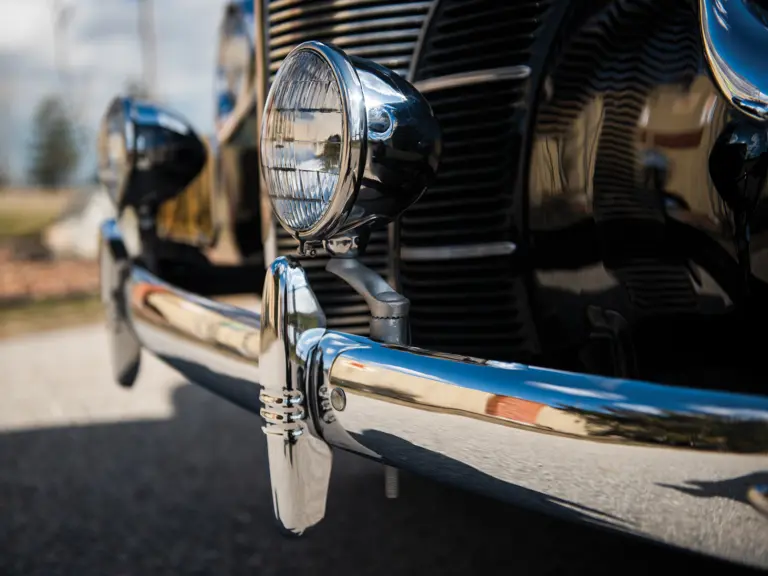
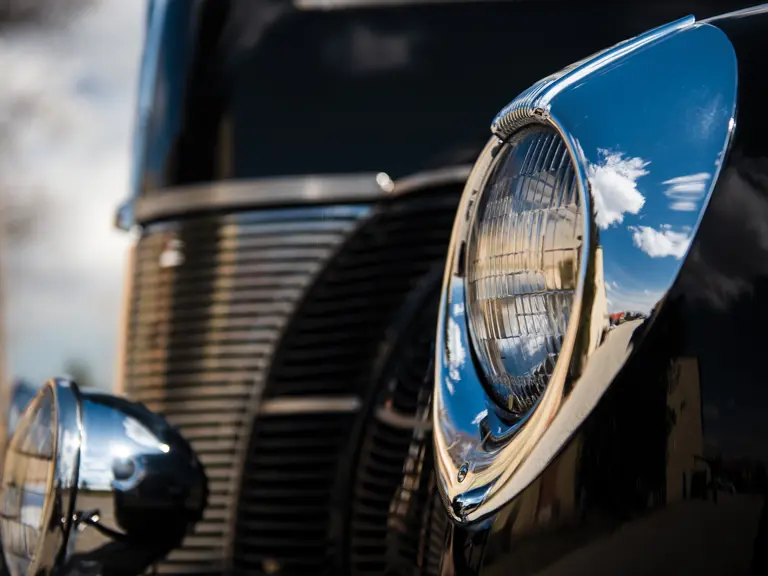
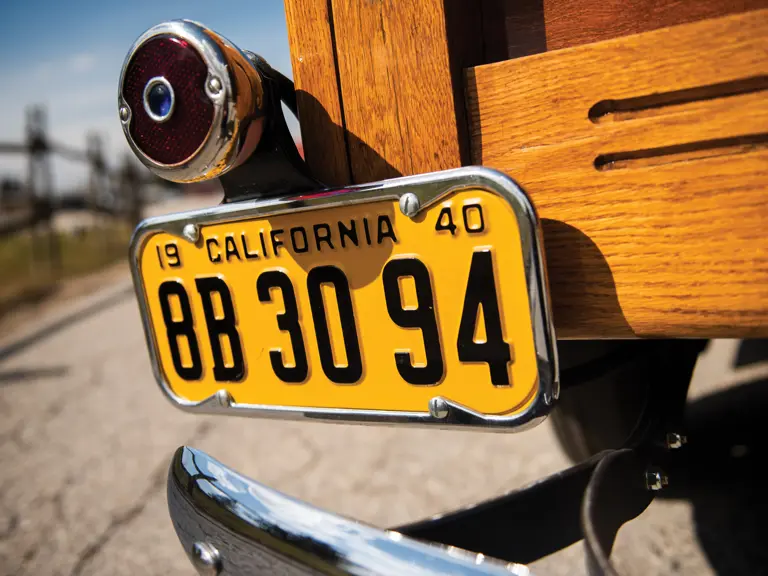
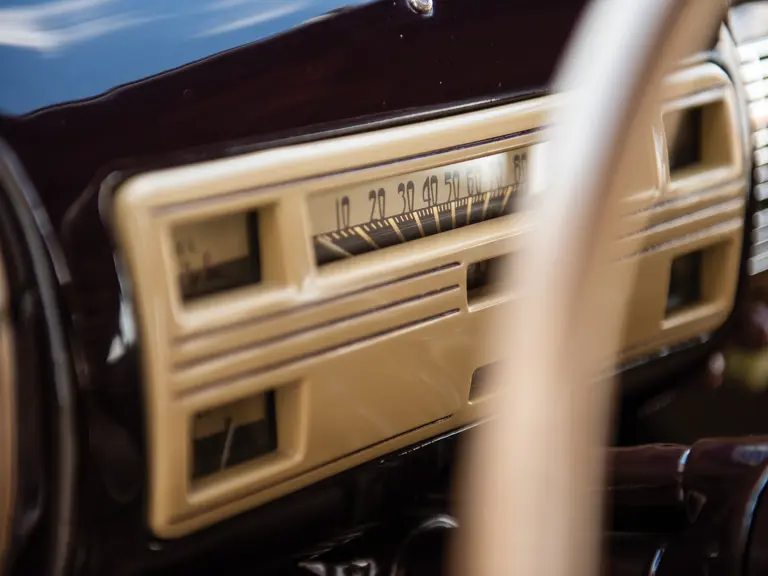

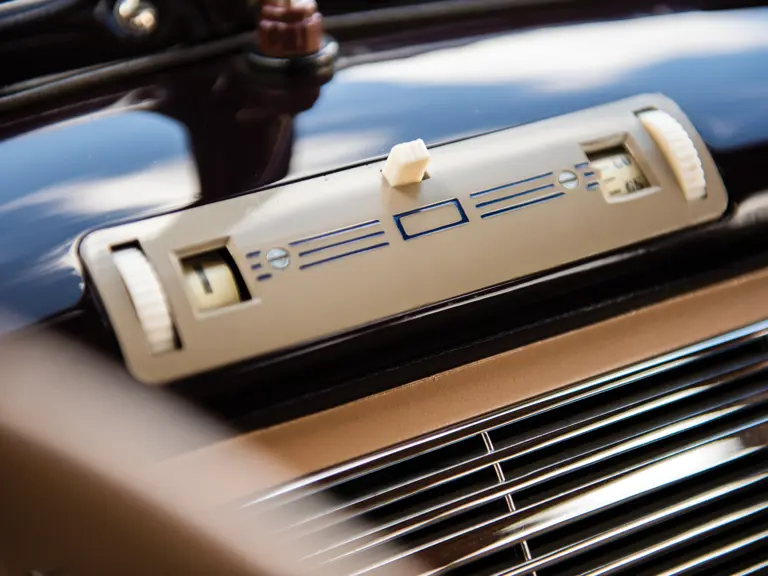

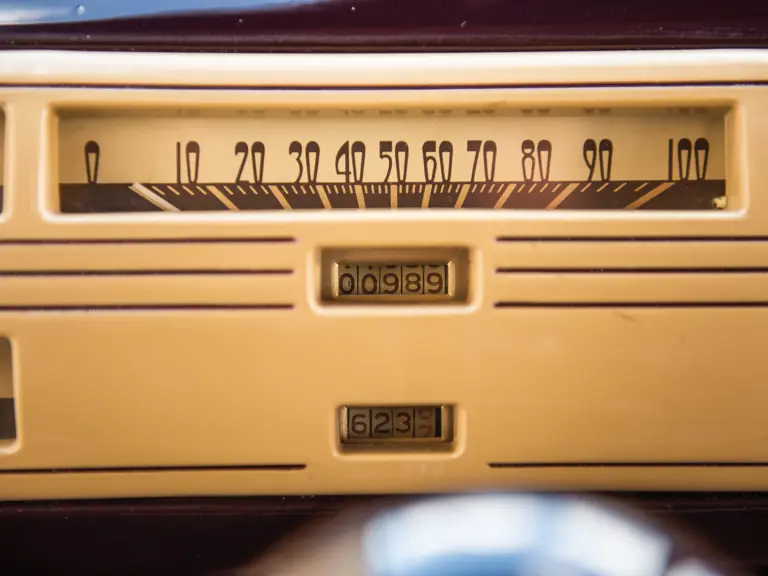

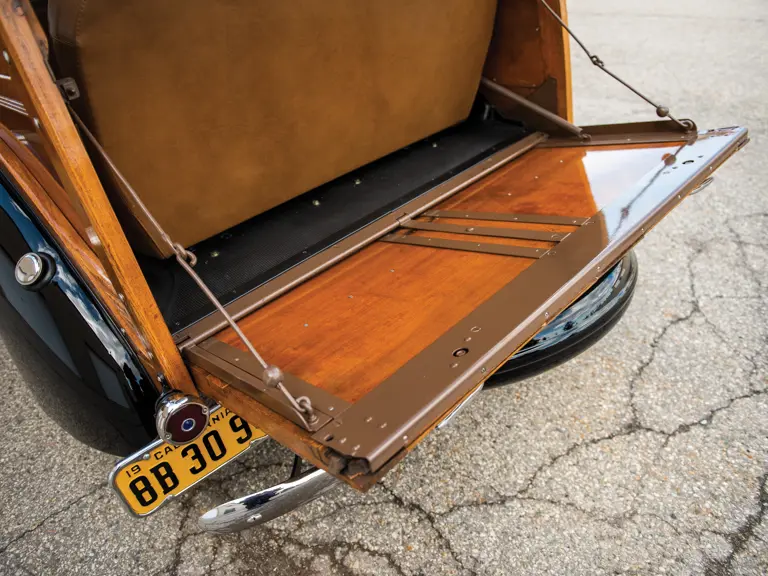

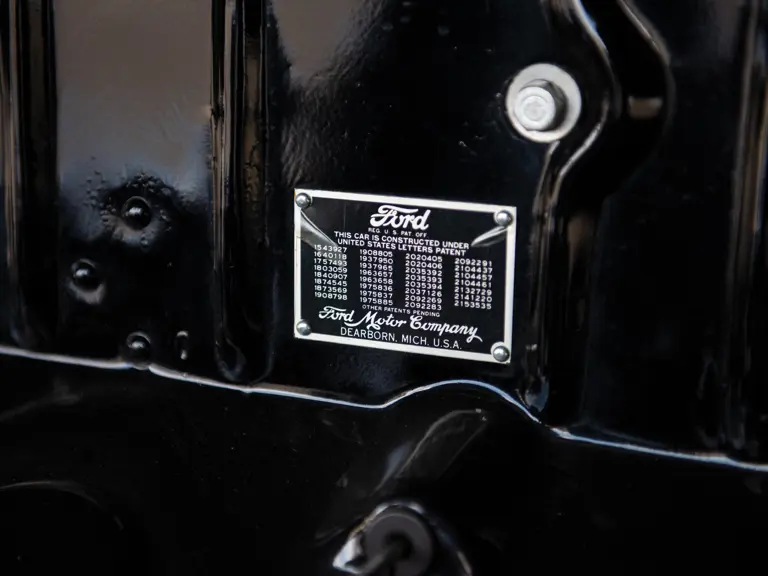

 | Hampton, New Hampshire
| Hampton, New Hampshire

